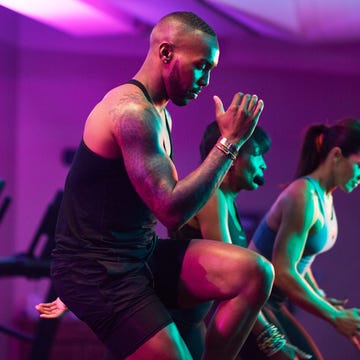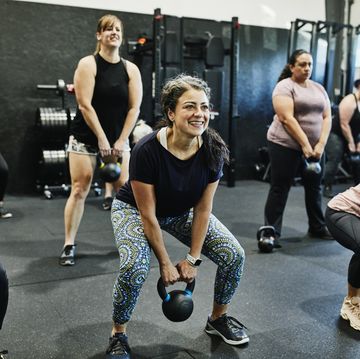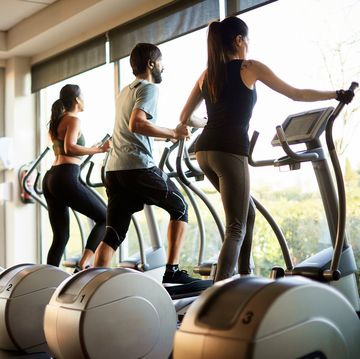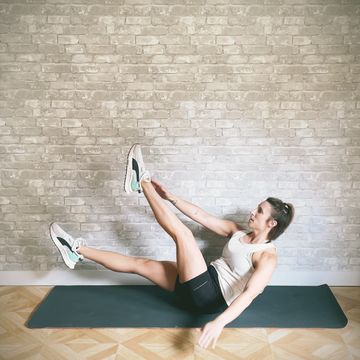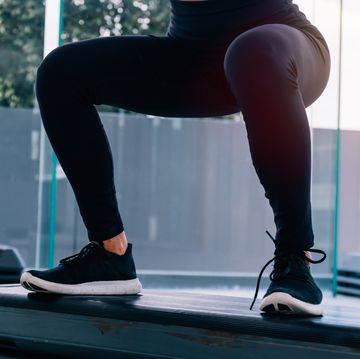Naturally, runners are singularly focused on moving forwards as quickly and efficiently as possible. But concentrating on strengthening the most common muscle groups for running means others can be left behind, such as those that help with rapid direction shifts and with changes in speed. It’s worth adding side lunges to your strength work arsenal to avoid risking injuryaway from the usual areas.
All strength and conditioning routines for runners should include sets of lunges. They’re good for running because they’re unilateral – by focusing on one dominant leg at a time, they help our strength, balance and stability when we run.
‘The side lunge uses muscle groups not normally used in standard running sessions,’ explains Graeme Woodward, a UK Athletics Level 3 performance coach, UKSCA accredited S&C coach and We Run coach for West Yorkshire. ‘This makes them more robust and injury resilient when they are called on, for example in sudden changes of direction or fast braking.’
What everyone's reading
When’s the best time to do side lunges?
The side lunge is a great exercise as it strengthens the glutes, quads, abductors and adductors in one simple move. 'A really good time to use this exercise is in a dynamic warm-up to prepare the body for multilateral movement. 'Gradually introduce it, and progressively increase the range and depth of movement, as the adductors are easily strained,' cautions Woodward.
How is a side lunge different from a standard lunge?
'The side-to side lunge is like the static and plyometric lunges except it’s done in a different direction,' explains Woodward. 'Whereas the static and plyometric lunges are done facing forwards in what's called the sagittal plane, the side-to-side lunge is done in the frontal plane. This results in different joint actions, as the hips are opened, and it uses different muscles such as the adductors, which have a major role in decelerating the body as it descends.'
Best technique for doing a side lunge
- Stand with your feet far apart, toes forward.
- Shift your weight to your left leg as you push your hips back. Your lower left leg should remain nearly perpendicular to the floor. Your right heel should be down. Try to keep your head up and your back straight.
- Without raising yourself back up, lunge to the right.
- Alternate back and forth for 30 secs, rest, repeat.




